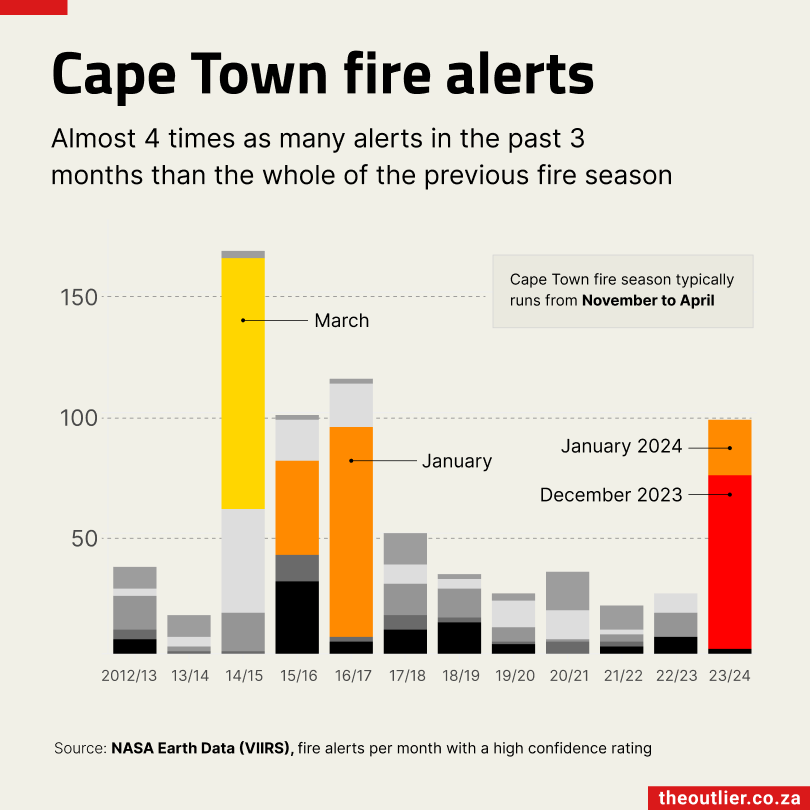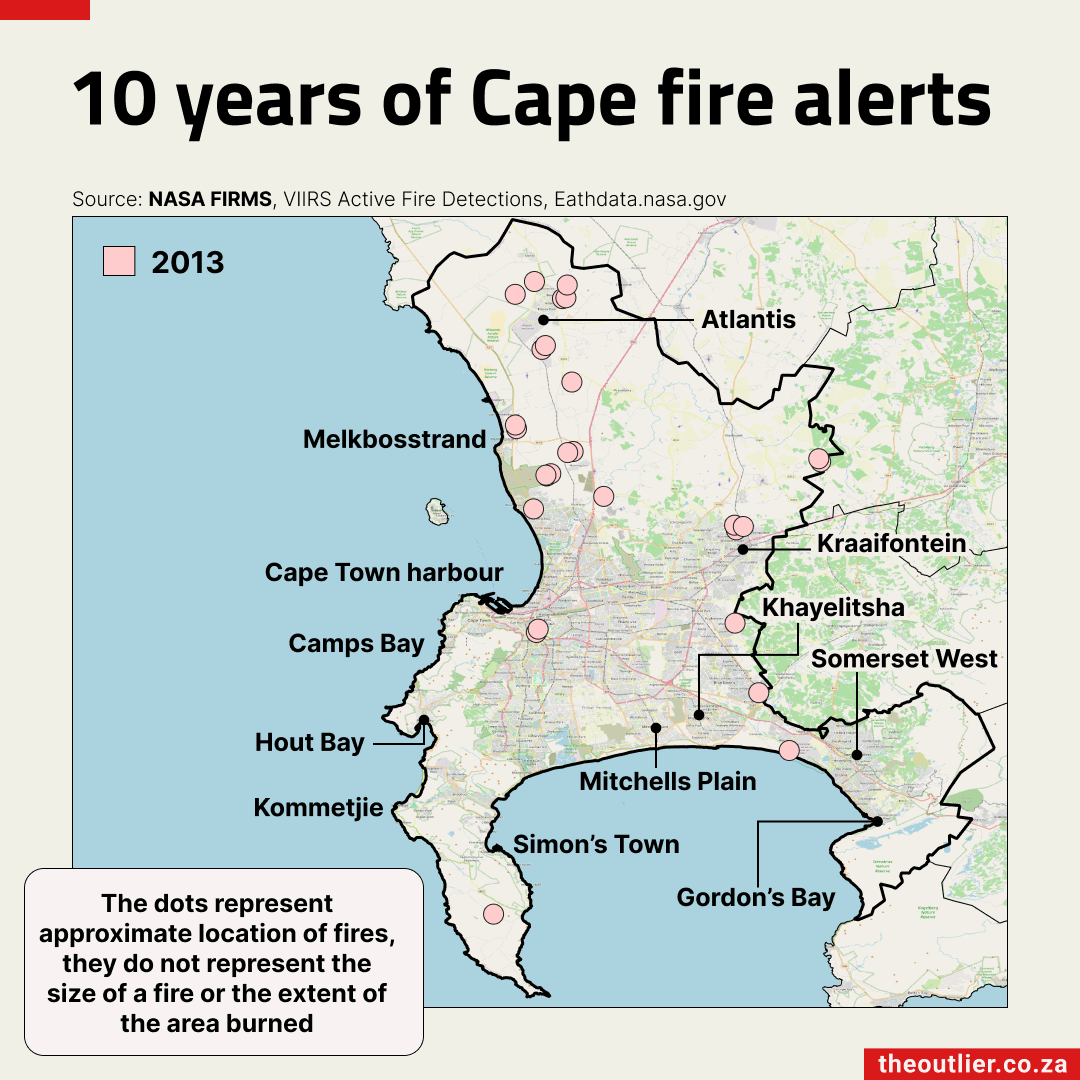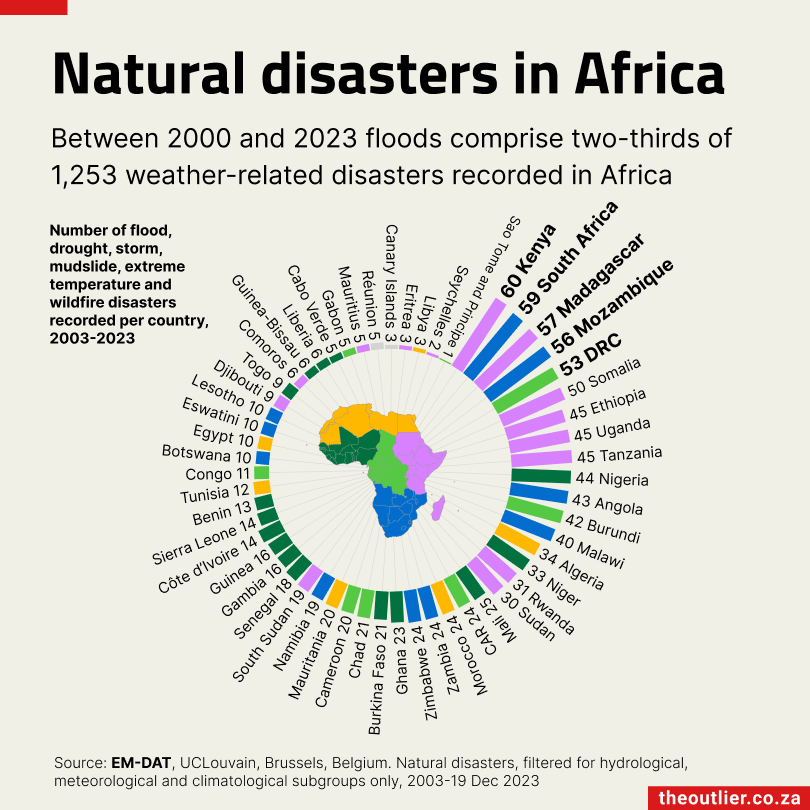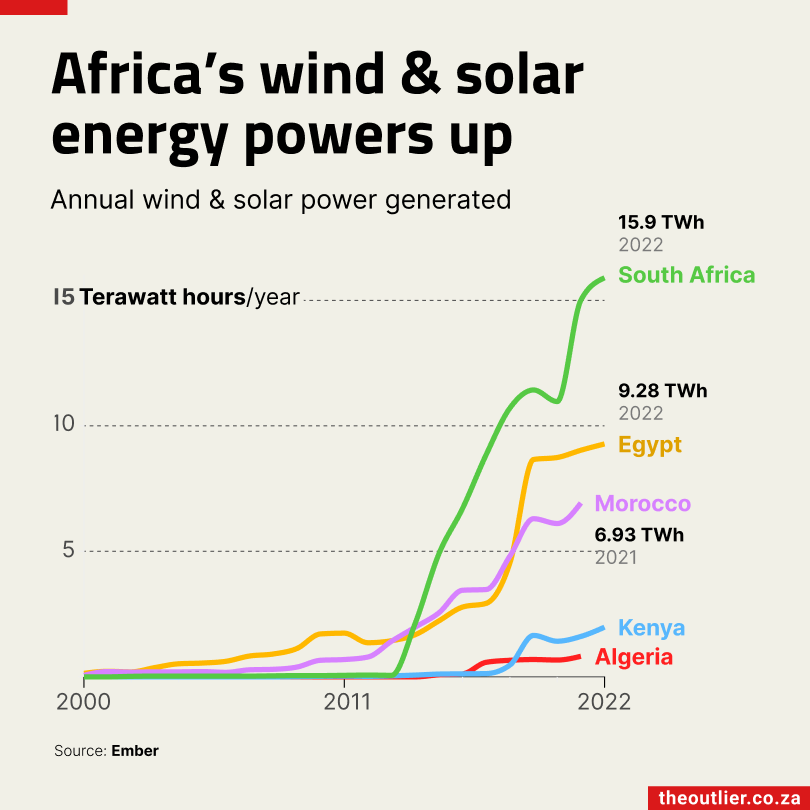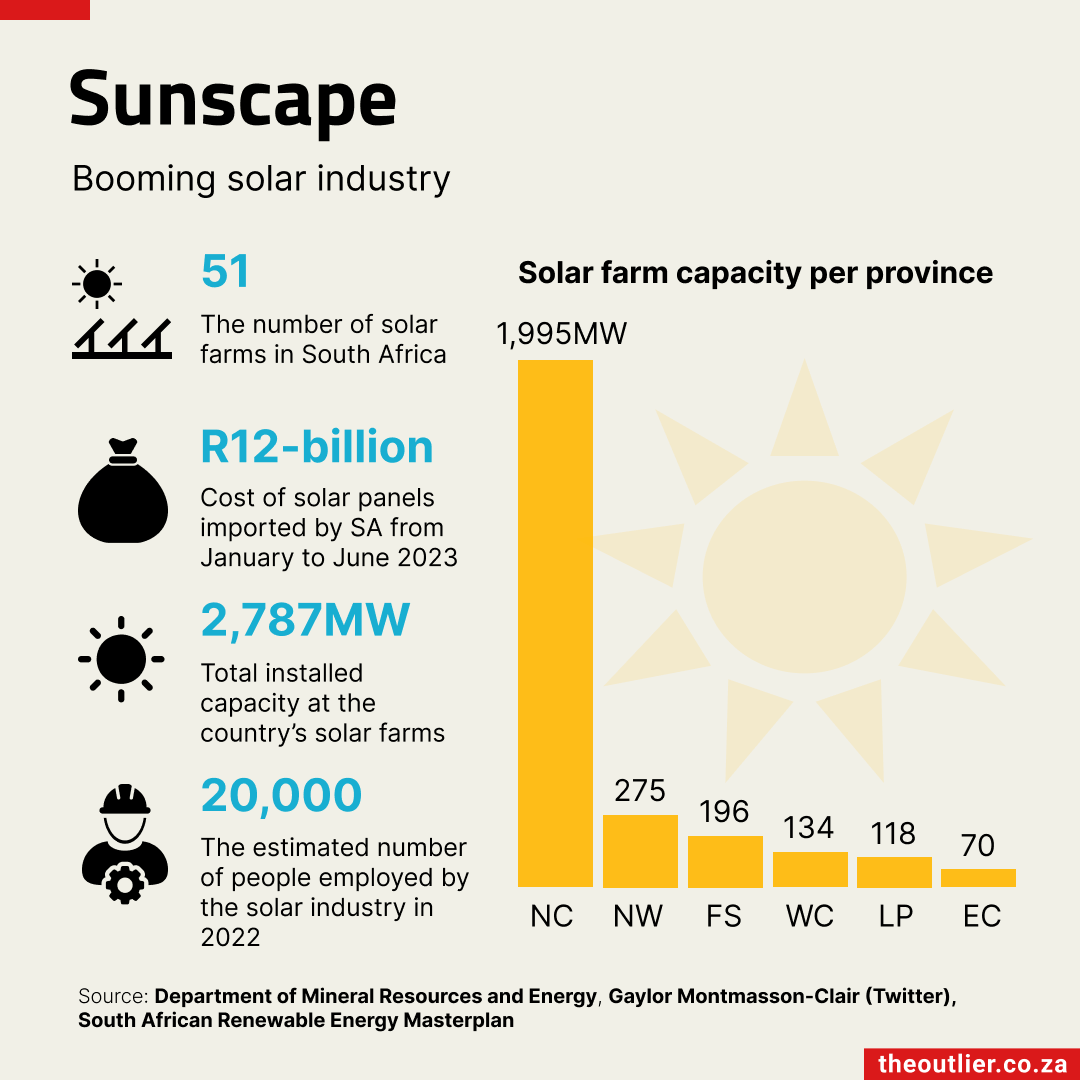What’s the buzz about green hydrogen?
South Africa has ambitions to become a “world-leading exporter of green hydrogen”.
Image: DALL·E/OpenAI
South Africa has ambitions to become a “world-leading exporter of green hydrogen”. Less than 1% of the world’s hydrogen is green, but demand for it is expected to increase and South Africa wants a slice of the market.
The government is looking for R319-billion to fund the development of a green hydrogen sector over the next five years. It’s a key part of the country’s plan to move away from a dependence on coal and other fossil fuels and reduce the greenhouse gas emissions that cause climate change.
What is green hydrogen?
Green hydrogen is produced using renewable energy. Grey and brown hydrogen, produced from methane and coal, are not as environmentally friendly as green hydrogen. There’s also blue and turquoise hydrogen. The colours refer to the way the hydrogen is produced and how environmentally friendly their production is.
Why is it a thing at the moment?
Hydrogen is widely used in industrial processes, particularly in the carbon-intensive chemical and petrochemical industries. Using green hydrogen in these industries, rather than grey or brown hydrogen, has the potential to reduce their carbon footprint and help limit global temperature rise.
Green hydrogen is also seen as a way to reduce emissions in cement production, iron and steel manufacturing and power generation. Green ammonia, which is made from hydrogen, can be used for producing fertilizers and cleaning products.
Green hydrogen can also be used to make alternative fuel for trucks, ships and planes. And fuel cells can be used to power electric vehicles and reduce emissions produced by the transport sector.
What is South Africa doing about green hydrogen?
South Africa has three interesting advantages when it comes to developing a green hydrogen sector, according to a Hydrogen Society Roadmap for South Africa published by the Department of Science and Technology’s in 2021.
Firstly, there’s an abundance of renewable energy resources (eg, sun and wind) that can power the electrolysers that make green hydrogen.
Secondly, South Africa is the world’s biggest producer of platinum group metals (platinum, palladium, ruthenium, rhodium, iridium and osmium), which are a key component of the electrolysers. These metals are also used as catalysts in hydrogen fuel cells.
Thirdly, Sasol’s Fischer Tropsch technology already converts coal and gas to synthetic fuels. This technology and skills could be used to produce methanol, or aviation fuel from hydrogen, said the roadmap.
South Africa’s Just Energy Transition Investment Plan, which was presented by President Cyril Ramaphosa at the recent United Nations climate change conference (COP27) in Egypt, outlines the priority areas that will help the country move away from its dependence on coal.
The R319-billion budgeted for green hydrogen is just over 20% of the R1,480-billion funding requirements outlined in the Just Energy Transition Investment Plan, along with the electricity sector (48%) and new energy vehicles (9%). Municipal capacity building and skills development make up the remainder.


